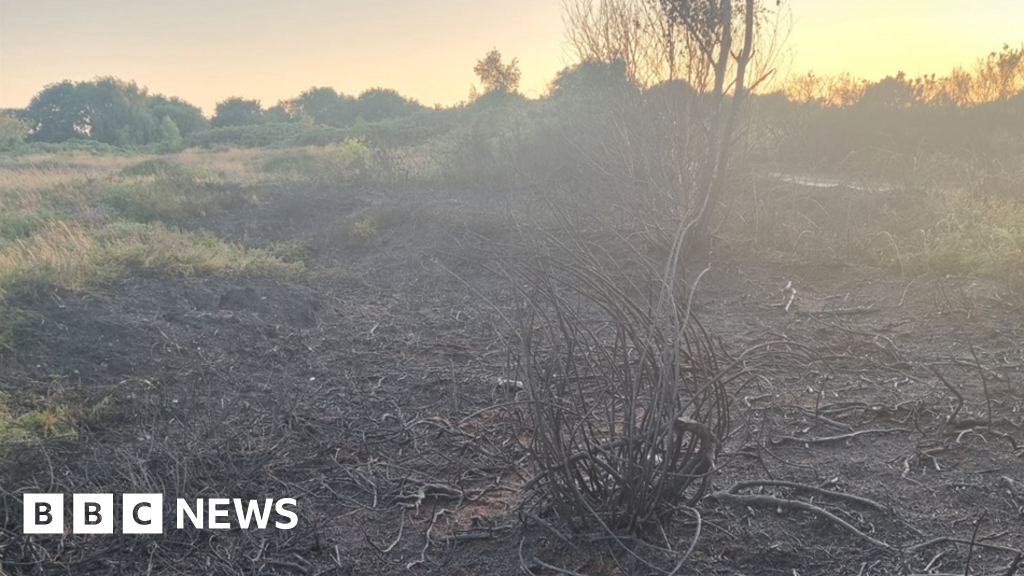The French National Agency for the Safety of Medicines and Health Products has issued a warning to healthcare professionals and parents about a dangerous social media trend called the “Paracetamol Challenge,” increasingly popular among children and teenagers.
In this challenge, participants deliberately consume toxic amounts of paracetamol to test their resistance and compete over who requires longer hospitalisation. The agency stresses the urgent need to keep all medications securely out of children’s reach.
The consequences of such overdoses are severe. Paracetamol toxicity can cause life-threatening liver damage, sometimes leading to irreversible failure that necessitates a liver transplant. It is currently the leading cause of drug-related liver transplantation in France. Beyond harming the liver, an overdose can also damage the kidneys and pancreas.
Authorities urge parents and caregivers to remain vigilant, educate young people about the dangers, and discourage participation in such harmful online challenges to protect children’s health and lives.
With the arrival of the monsoon season, there’s often a surge in viral fevers and infections. Many people turn to paracetamol to manage fever and body aches, given its effectiveness and wide availability.
Speaking on the urgency of this excessive dependence on paracetamols, Dr Chhya Vaja, Internal Medicine Expert, Apollo Spectra Mumbai, said that Calpol, which is commonly used as a paracetamol-based syrup for children, is touted to be safe when given in the right dose. However, one has to understand that excessive or frequent use can invite a plethora of problems, she added. “Unfortunately, the liver is the primary organ affected by paracetamol overdose. Over time, too much Calpol can induce liver damage, which may present as nausea, vomiting, stomach pain, drowsiness, and in severe cases, even liver failure. Long-term overuse may also affect kidney function or cause allergic reactions like skin rashes. So, parents have to stay vigilant when it comes to their child’s health. Make sure to follow the doctor’s instructions, avoid self-medicating the child, and never exceed the recommended dose or frequency,” she added.
What is worrisome about the symptoms of overdose is that it can be subtle at first, warned Dr Srinivasa Murthy C L, Lead Paediatrics, Consultant – Paediatrics and Neonatology, Aster Women & Children, Bangalore.
“Parents may not realise the child is in distress until it's too late. Nausea, loss of appetite, fatigue, and abdominal pain are early signs that can easily be dismissed. Many people also unknowingly combine Calpol with other cold or flu medications that also contain paracetamol, compounding the dosage. In some unfortunate cases, children are being rushed to the ER with acute liver injury due to such layering,” he added. Never give more than prescribed, and always keep the recommended amount of time between doses. Caregivers should always read labels, consult a doctor if fever persists beyond a day or two, and resist the urge to medicate ‘just in case. Medicines can heal, but only when used with care and awareness,” Dr Murthy said.
Taking in very high doses — usually more than 10 or 15 grams at once — can lead to acute liver failure, which can be fatal, said Dr Basavaprabhu Achappa, Consultant - Internal Medicine, KMC Hospital, Mangalore. “This is of particular concern with paracetamol when taken intentionally with suicidal intent.
Occasional users may encounter other mild symptoms or side effects such as nausea, vomiting, or allergic reactions (e.g., itching, rash). In rare instances, it can induce severe skin conditions such as Stevens-Johnson syndrome (a rare, serious disorder of the skin and mucous membranes, often triggered by a reaction to certain medications) or toxic epidermal necrolysis. These are very uncommon, but they can be life-threatening. This is why it is important to use paracetamol responsibly, and under the instruction of a doctor if it’s being taken regularly,” Dr Achappa added.













